Gergely Szilvasy
Inference-time sparse attention with asymmetric indexing
Feb 12, 2025Abstract:Self-attention in transformer models is an incremental associative memory that maps key vectors to value vectors. One way to speed up self-attention is to employ GPU-compliant vector search algorithms, yet the standard partitioning methods yield poor results in this context, because (1) keys and queries follow different distributions and (2) the effect of RoPE positional encoding. In this paper, we introduce SAAP (Self-Attention with Asymmetric Partitions), which overcomes these problems. It is an asymmetrical indexing technique that employs distinct partitions for keys and queries, thereby approximating self-attention with a data-adaptive sparsity pattern. It works on pretrained language models without finetuning, as it only requires to train (offline) a small query classifier. On a long context Llama 3.1-8b model, with sequences ranging from 100k to 500k tokens, our method typically reduces by a factor 20 the fraction of memory that needs to be looked-up, which translates to a time saving of 60\% when compared to FlashAttention-v2.
Evaluation data contamination in LLMs: how do we measure it and (when) does it matter?
Nov 06, 2024Abstract:Hampering the interpretation of benchmark scores, evaluation data contamination has become a growing concern in the evaluation of LLMs, and an active area of research studies its effects. While evaluation data contamination is easily understood intuitively, it is surprisingly difficult to define precisely which samples should be considered contaminated and, consequently, how it impacts benchmark scores. We propose that these questions should be addressed together and that contamination metrics can be assessed based on whether models benefit from the examples they mark contaminated. We propose a novel analysis method called ConTAM, and show with a large scale survey of existing and novel n-gram based contamination metrics across 13 benchmarks and 7 models from 2 different families that ConTAM can be used to better understand evaluation data contamination and its effects. We find that contamination may have a much larger effect than reported in recent LLM releases and benefits models differently at different scales. We also find that considering only the longest contaminated substring provides a better signal than considering a union of all contaminated substrings, and that doing model and benchmark specific threshold analysis greatly increases the specificity of the results. Lastly, we investigate the impact of hyperparameter choices, finding that, among other things, both using larger values of n and disregarding matches that are infrequent in the pre-training data lead to many false negatives. With ConTAM, we provide a method to empirically ground evaluation data contamination metrics in downstream effects. With our exploration, we shed light on how evaluation data contamination can impact LLMs and provide insight into the considerations important when doing contamination analysis. We end our paper by discussing these in more detail and providing concrete suggestions for future work.
Vector search with small radiuses
Mar 16, 2024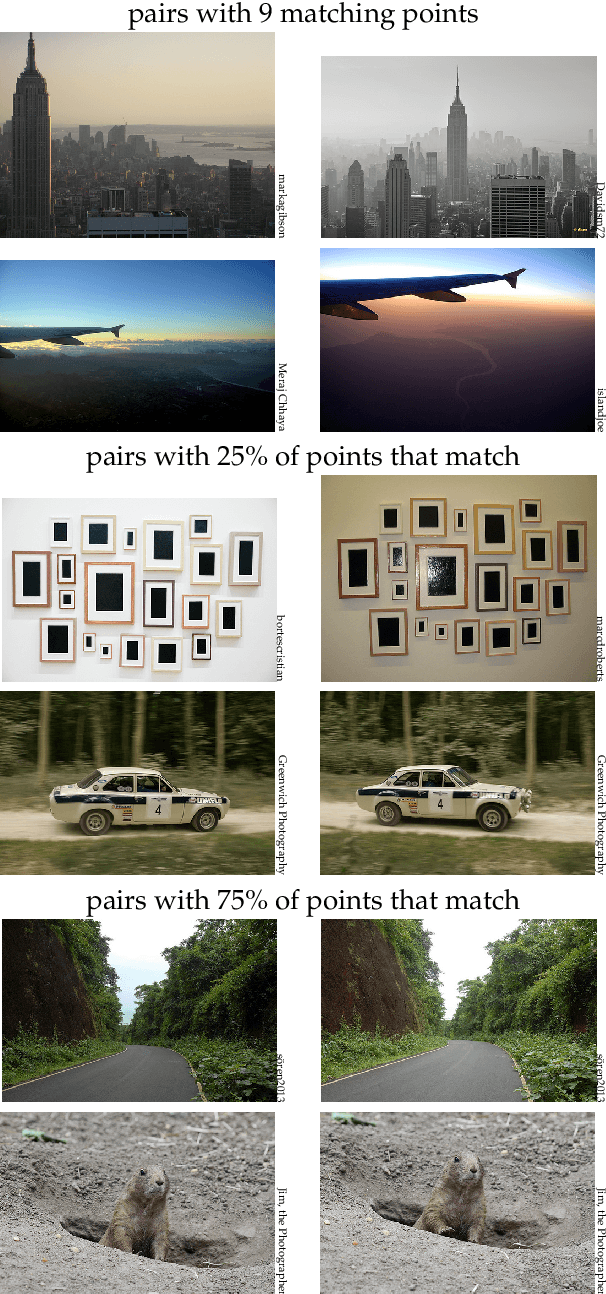
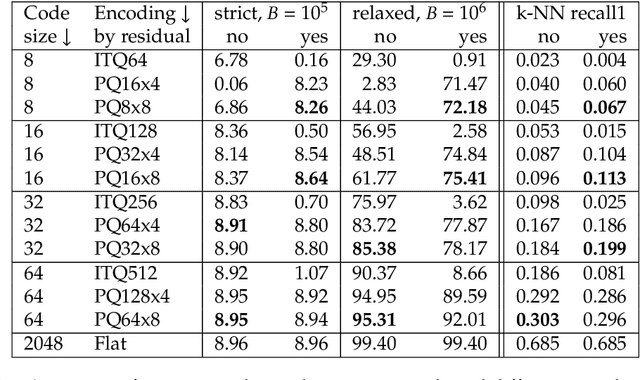
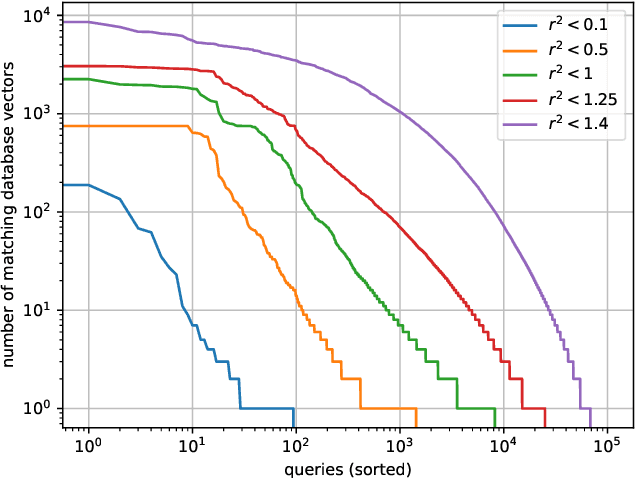
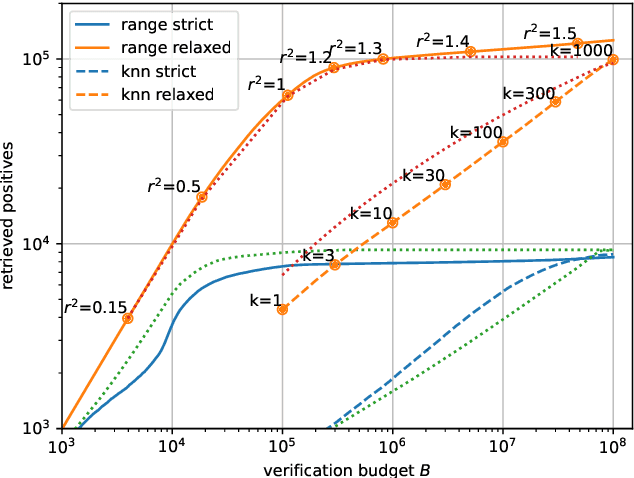
Abstract:In recent years, the dominant accuracy metric for vector search is the recall of a result list of fixed size (top-k retrieval), considering as ground truth the exact vector retrieval results. Although convenient to compute, this metric is distantly related to the end-to-end accuracy of a full system that integrates vector search. In this paper we focus on the common case where a hard decision needs to be taken depending on the vector retrieval results, for example, deciding whether a query image matches a database image or not. We solve this as a range search task, where all vectors within a certain radius from the query are returned. We show that the value of a range search result can be modeled rigorously based on the query-to-vector distance. This yields a metric for range search, RSM, that is both principled and easy to compute without running an end-to-end evaluation. We apply this metric to the case of image retrieval. We show that indexing methods that are adapted for top-k retrieval do not necessarily maximize the RSM. In particular, for inverted file based indexes, we show that visiting a limited set of clusters and encoding vectors compactly yields near optimal results.
The Faiss library
Jan 16, 2024


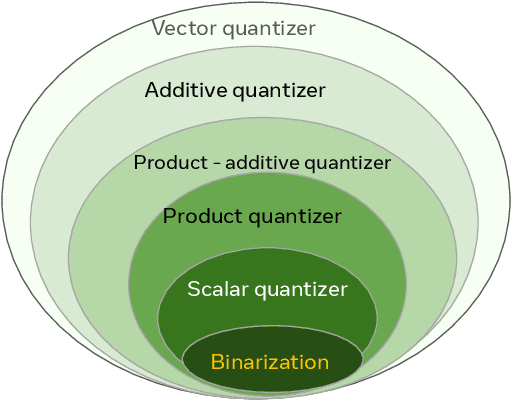
Abstract:Vector databases manage large collections of embedding vectors. As AI applications are growing rapidly, so are the number of embeddings that need to be stored and indexed. The Faiss library is dedicated to vector similarity search, a core functionality of vector databases. Faiss is a toolkit of indexing methods and related primitives used to search, cluster, compress and transform vectors. This paper first describes the tradeoff space of vector search, then the design principles of Faiss in terms of structure, approach to optimization and interfacing. We benchmark key features of the library and discuss a few selected applications to highlight its broad applicability.
RA-DIT: Retrieval-Augmented Dual Instruction Tuning
Oct 08, 2023
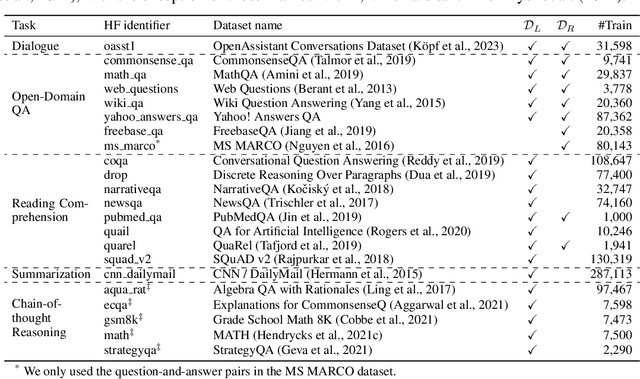
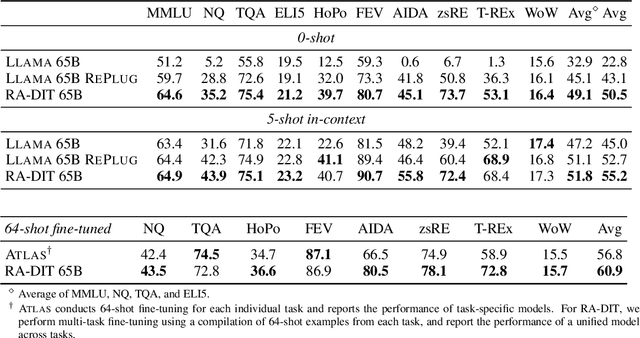
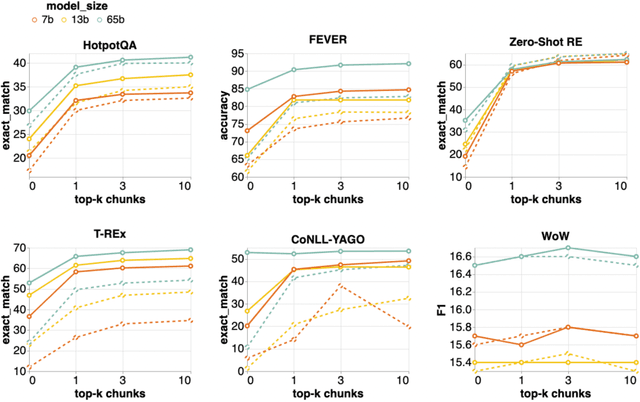
Abstract:Retrieval-augmented language models (RALMs) improve performance by accessing long-tail and up-to-date knowledge from external data stores, but are challenging to build. Existing approaches require either expensive retrieval-specific modifications to LM pre-training or use post-hoc integration of the data store that leads to suboptimal performance. We introduce Retrieval-Augmented Dual Instruction Tuning (RA-DIT), a lightweight fine-tuning methodology that provides a third option by retrofitting any LLM with retrieval capabilities. Our approach operates in two distinct fine-tuning steps: (1) one updates a pre-trained LM to better use retrieved information, while (2) the other updates the retriever to return more relevant results, as preferred by the LM. By fine-tuning over tasks that require both knowledge utilization and contextual awareness, we demonstrate that each stage yields significant performance improvements, and using both leads to additional gains. Our best model, RA-DIT 65B, achieves state-of-the-art performance across a range of knowledge-intensive zero- and few-shot learning benchmarks, significantly outperforming existing in-context RALM approaches by up to +8.9% in 0-shot setting and +1.4% in 5-shot setting on average.
 Add to Chrome
Add to Chrome Add to Firefox
Add to Firefox Add to Edge
Add to Edge